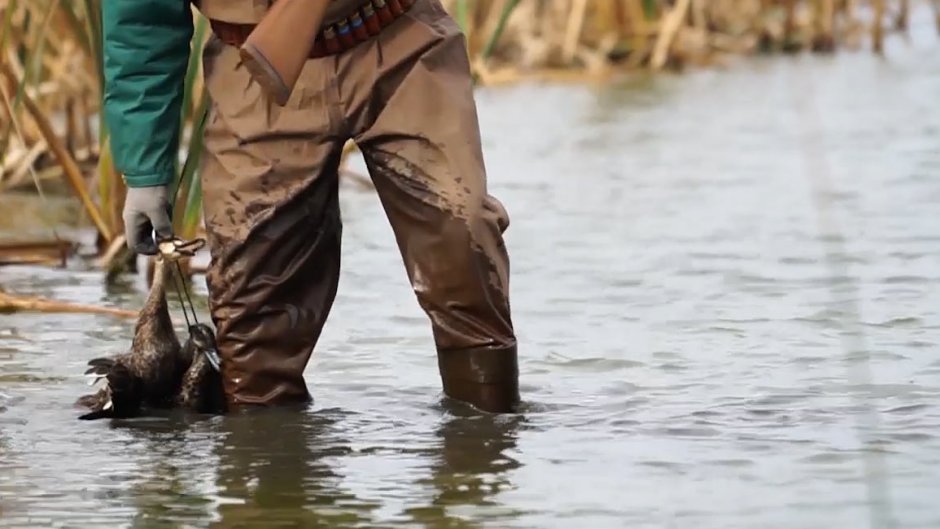For as long as some state governments permit the senseless ‘recreational’ slaughter of ducks, these sensitive native animals will be forced to endure shattered bills, fractured limbs, punctured organs, and ducklings will be left without parents.
Duck shooting was banned in Western Australia, New South Wales and Queensland in the 90s and early 2000s on animal cruelty and environmental protection grounds. The rest of Australia is years behind. Each year, hundreds of thousands of ducks are killed or left injured on the wetlands they call home across Victoria, South Australia and Tasmania.
The days are numbered for this cruel ‘recreational’ activity, but while state governments stall on making the obvious, and kindest, decision, wildlife is paying the ultimate price.
In Victoria, the outcome of the recent inquiry into native bird hunting was the recommendation to end it – but the Victorian Labor Government went against this key recommendation and is allowing the slaughter to continue. The South Australian Government also green-lit the continued ‘recreational hunting’ of native birds following its inquiry process, where the recommendation was disappointingly for it to continue. And in Tasmania, the state government has said it has no plans to ban this cruel and outdated ‘sport’.













